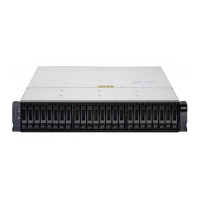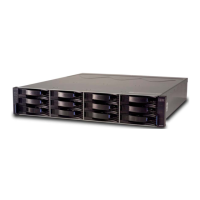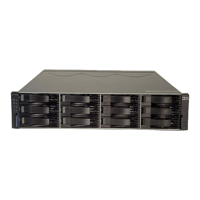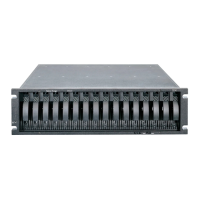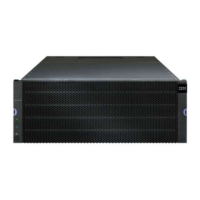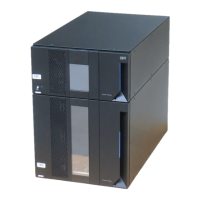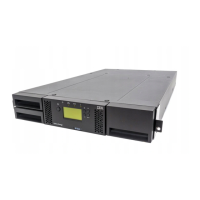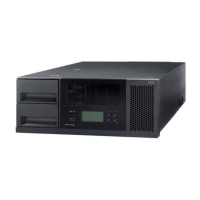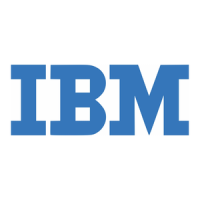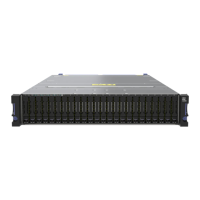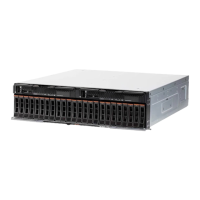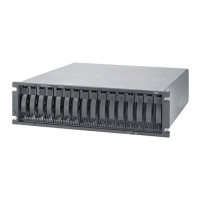7914Admin_Setup.fm Draft Document for Review March 28, 2011 12:24 pm
306 IBM System Storage DS3500: Introduction and Implementation Guide
12.1 Setup tab
The Figure 12-1 shows the Setup tab in IBM System storage DS Storage Manager.
Figure 12-1 Setup tab of DS Storage Manager
When the iSCSI daughter card is not installed in DS3500 Storage Subsystem, the two iSCSI
task links will not be displayed in the Setup tab.
We describe the links from top to bottom in the following sections:
12.2 Locate Storage Subsystem
Locate Storage Subsystem link immediately starts flashing the blue LEDs of your DS3500
Storage Subsystem and all its EXP3500 expansion enclosures. You can easy find where your
subsystem is placed in the rack. Select OK in Figure 12-2 on page 307 to stop flashing.
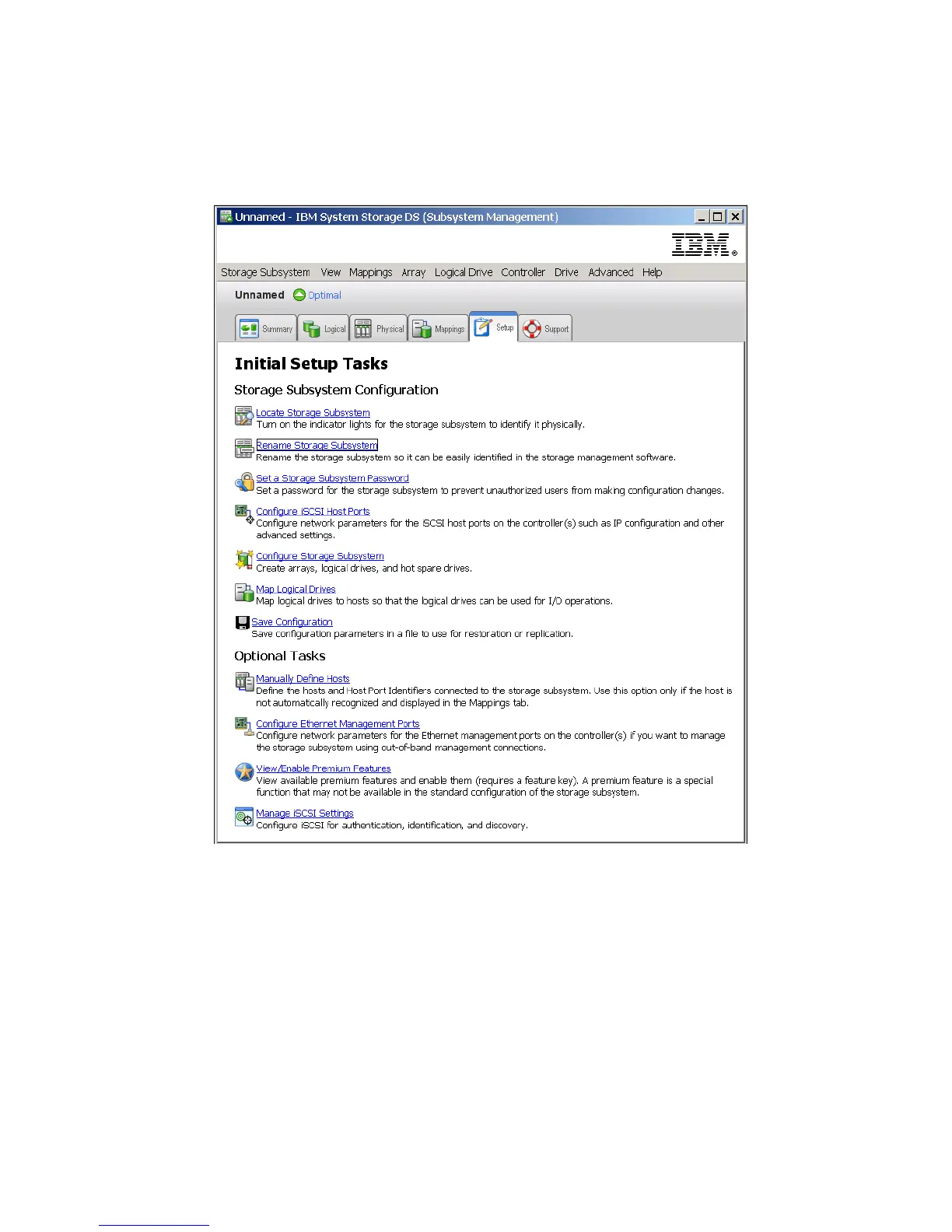